
Μία υφασμάτινη λωρίδα η οποία συγκρατεί τον τυλιγμένο κύλινδρο της Τορά όταν δεν αναγιγνώσκεται.

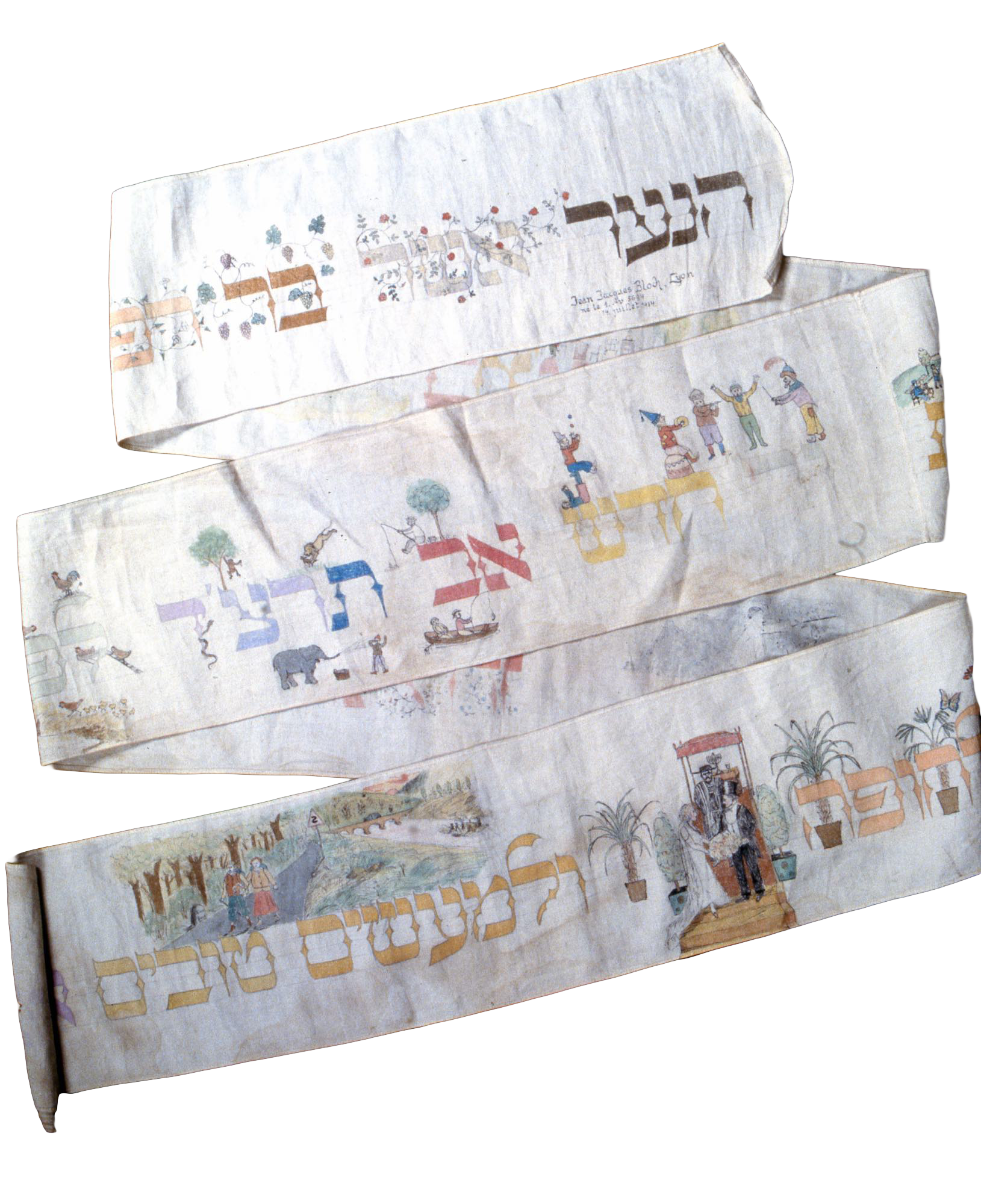
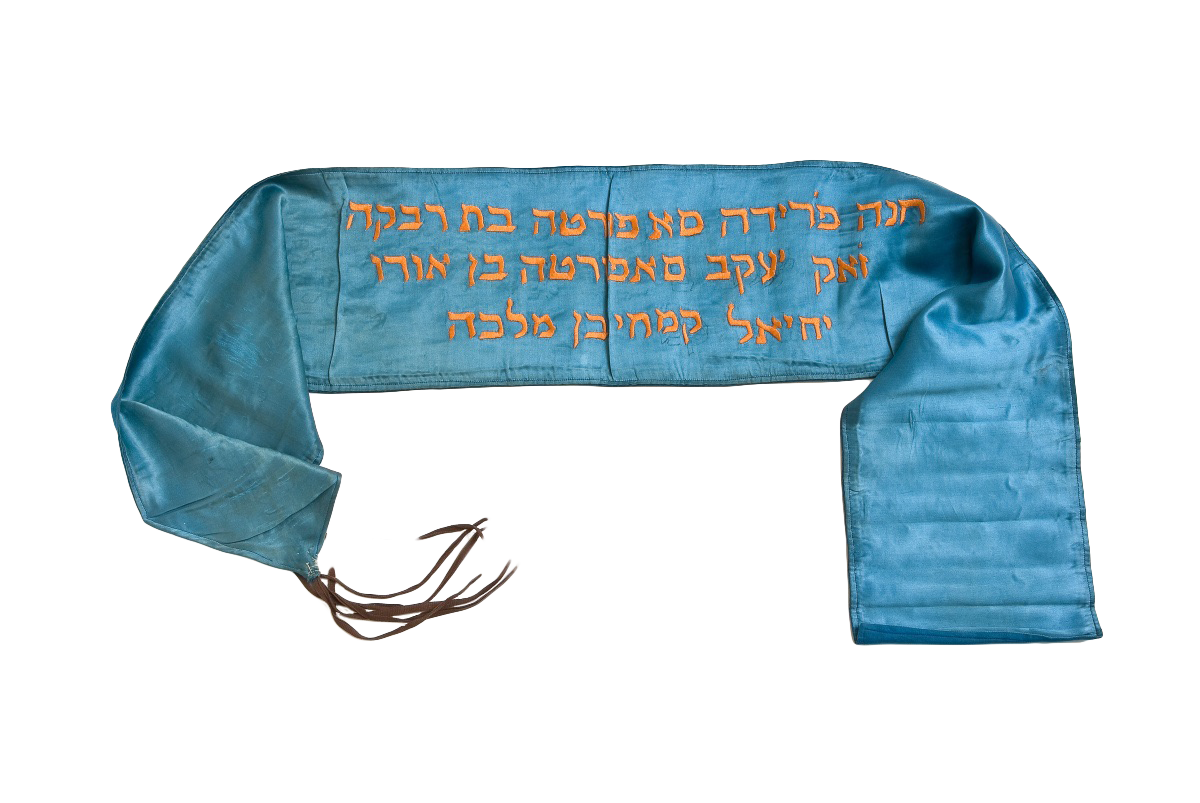
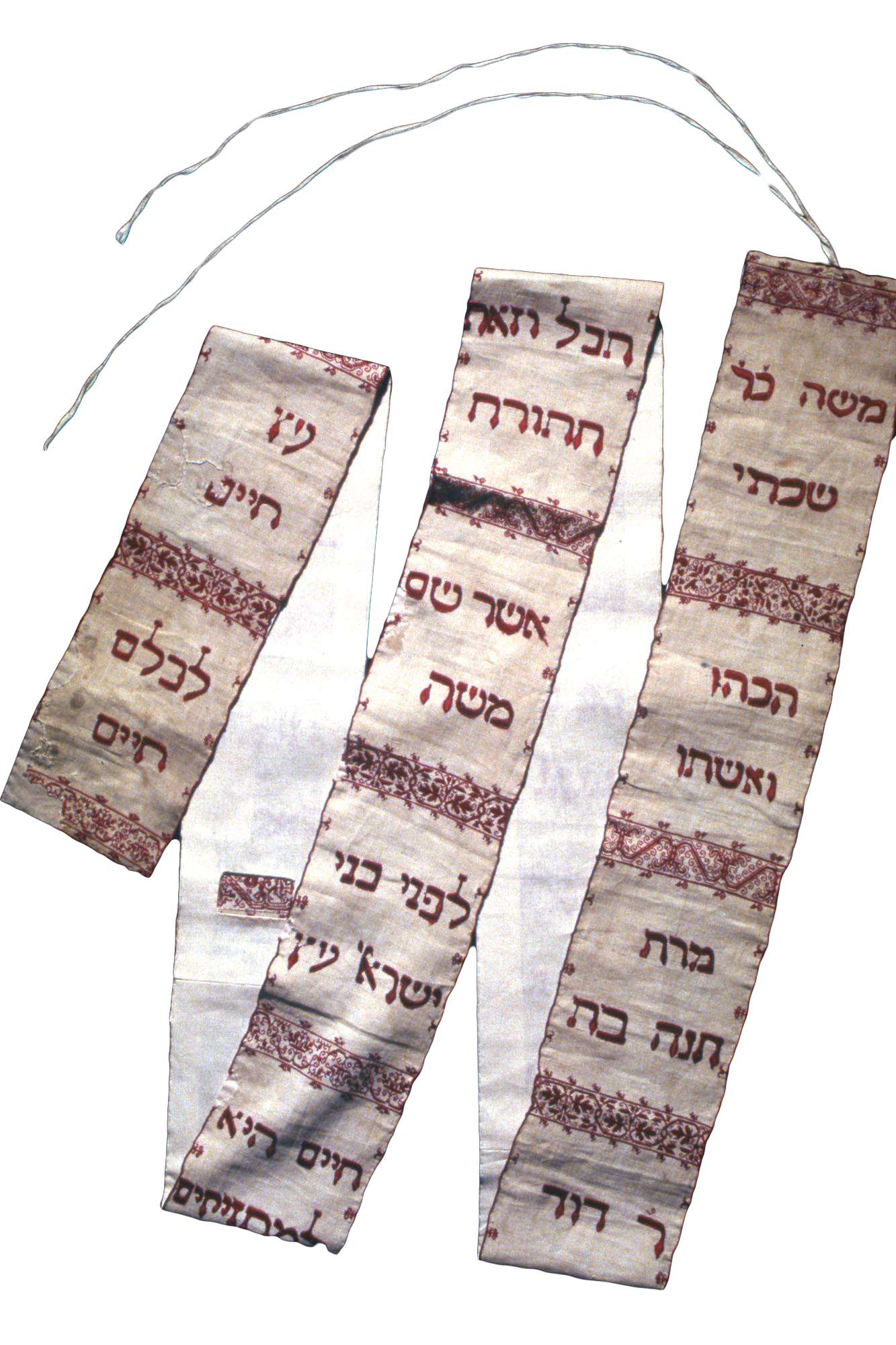
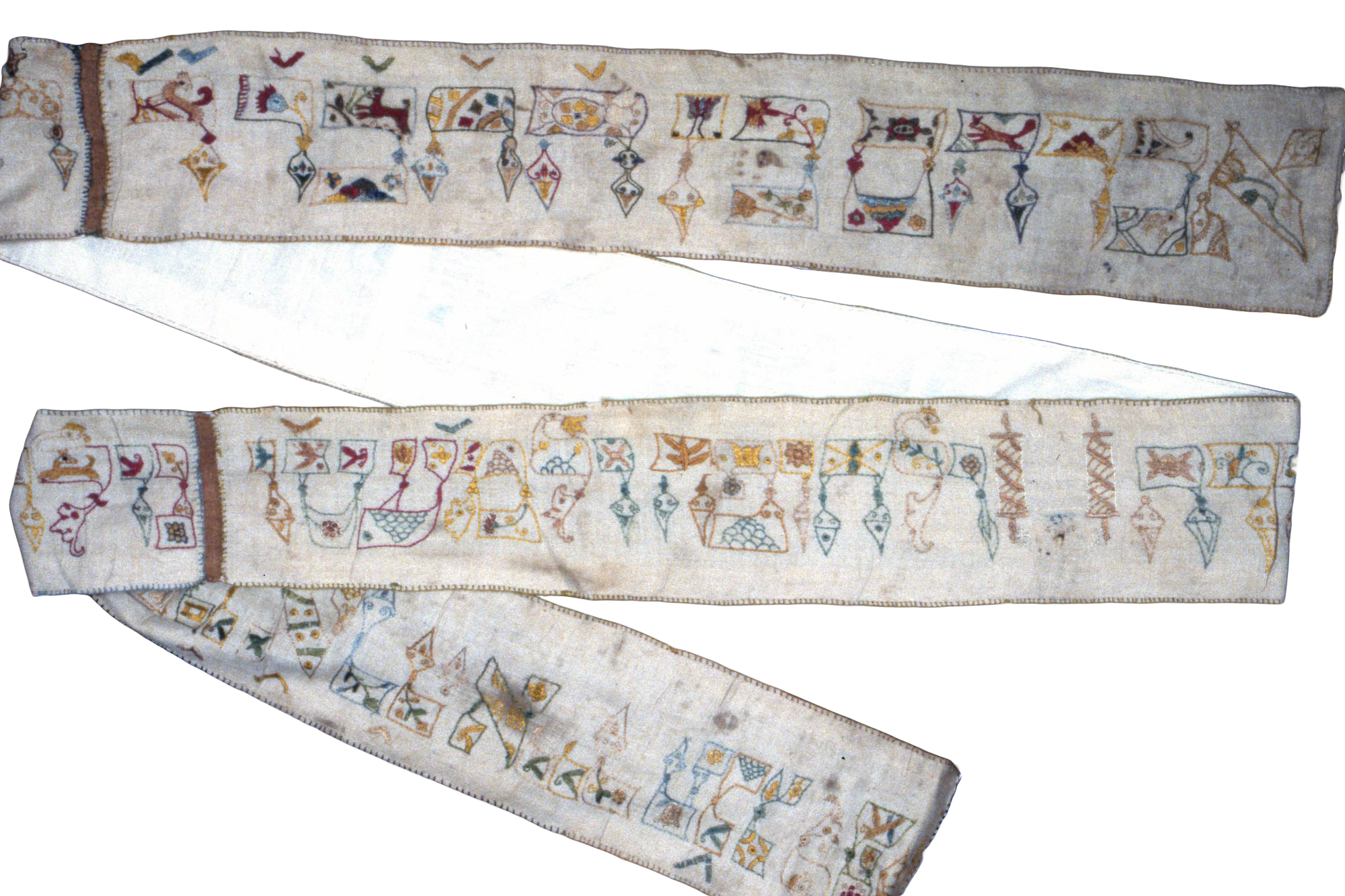

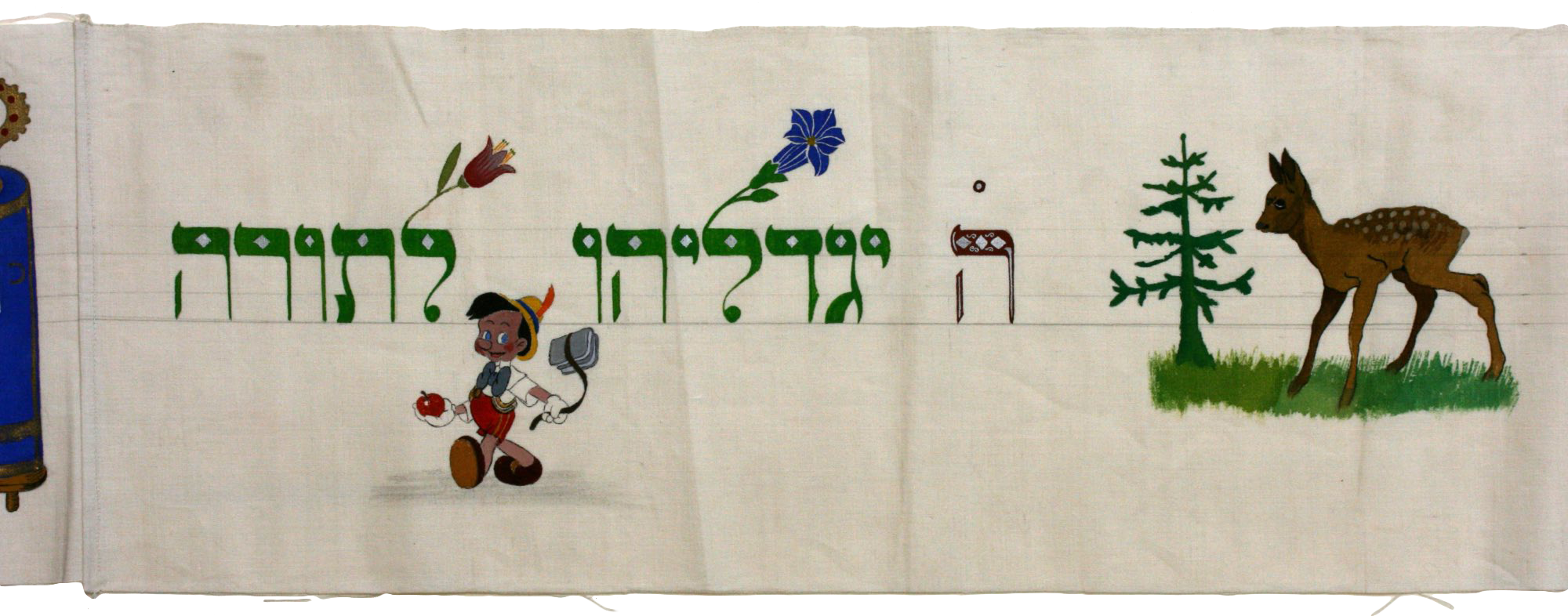
Η συνδετική λωρίδα για την Τορά διαφέρει ανάλογα με την τοπική παράδοση. Στις κοινότητες του γερμανικού χώρου, μπορεί να ονομάζεται γουΐμπλ και φτιαχνόταν από το πανί που χρησιμοποιήθηκε ως φασκιά για το αρσενικό βρέφος κατά την περιτομή του. Κατασκευάζεται από διαφορετικό ύφασμα σε άλλες κοινότητες και ονομάζεται μαπά, αβνέτ ή φασκιά. Στις ρωμανιώτικες κοινότητες, η μαπά είναι ένα ορθογώνιο διακοσμημένο κάλυμμα με θηλιές αναρτήσεως στο πάνω στρίφωμα και χρησιμοποιούνταν ως μόνιμο κάλυμμα των θηκών της Τορά. Τα καλύμματα των θηκών της Τορά και του αναλογίου επίσης ονομάζονταν μαπά στις ρωμανιώτικες κοινότητες. Στη σεφαραδίτικη ραββινική λογοτεχνία, τα περικαλύμματα, οι συνδετικές λωρίδες και οι μανδύες της Τορά ήταν ευρέως γνωστά με τον γενικό όρο “μαπά”, κάτι που καθιστά δύσκολο πολλές φορές να διευκρινιστεί σε ποιο αντικείμενο αναφέρεται: στο περικάλυμμα, στη συνδετική λωρίδα ή στον μανδύα της Τορά.
“Birth Certificates in Cloth: Ritual Textiles for the Jewish Life Cycle”, by the Magnes Collection of Jewish Art and Life.
Doleželová, Jana. “Torah Binders from Four Centuries at the State Jewish Museum in Prague.” Judaica Bohemiae, vol. IX, no. 2, 1973, pp. 55-71.
Doleželová, Jana. “Binders and Festive Covers from the Collections of the State Jewish Museum in Prague: New Knowledge and their Wider Significance.” Judaica Bohemiae, vol. X, no. 2, 1974, pp. 91-104.
Eis, Ruth. Torah Binders of the Judah Magnes Museum. Berkeley: Judah L. Magnes Museum, 1979.
Feuchtwanger, Naomi. “The Danish Torah Binders.” Jewish Art in Denmark: Jews in Danish Art, edited by Mirjam Gelfer Jørgensen, Copenhagen: Rhodos, 1999, pp. 362-411.
Hamburger, Binyomin Shlomo. Shorashei Minhag Ashkenaz [Minhag Ashkenaz: Sources and Roots]. B’nai Brak: Machon Moreshes Ashkenaz, the Institute for German-Jewish Heritage, 2000), pp. 322- 604.
Kirshenblatt-Gimblett, Barbara. “The Cut That Binds: The Western Ashkenazic Torah Binder as Nexus between Circumcision and Torah.” Celebration: Studies in Festivity and Ritual, edited by Victor W. Turner, Washington, D.C.: Smithsonian Institution Press, 1982, pp. 136-46.
Pierret, Philippe. “Les Mappoth de la Communauté juive d’Arlon: Un Patrimoine Textile Méconnu.” Les Cahiers de la Mémoire Contemporaine. Bijdragen tot de Eigentijdse Herinnering, vol. 5, 2004, pp. 133-50.
Veselská, Dana, editor. May God Let Him Grow. A Child’s Birth in the Culture and Customs of Bohemian and Moravian Jews. Prague: Jewish Museum in Prague, 2009.
Weber, Annette, et al., editors. Mappot … blessed be who comes: The Band of Jewish Tradition. Mappot … Gesegnet, der da kommt: Das Band Jüdischer Tradition. Munich: Prähistorische Staatssammlung München, 1997.
Weyl, Robert, and Freddy Raphaël, “Les Mappot d’Alsace.” Ethnologie française, vol. 11, no. 3, July-September 1981, pp. 233-238.
Yaniv, Bracha. “The Torah Wrapper and the Torah Binder.” Ceremonial Synagogue Textiles: From Ashkenazi, Sephardi, and Italian Communities, Liverpool: Liverpool University Press, 2019, pp. 85-126.
Επιλέξτε μία γλώσσα